The WWW, transistor radio, lithium-ion batteries, RSA encryption, e-Ink or the disposable razor: some of the greatest inventions in tech were made at MIT or their MIT graduates. Find out how one of the most advanced technological universities in the world is making 3D printing more accessible to you.
From glass 3D printing to Machine Vision Assisted Multimaterial 3D Printer, some of the most amazing 3D printing inventions come from Massachusetts Institute of Technology (MIT) and their graduates. Many of these are products that are making 3D printing more accessible to “normal” people everywhere. The fact that one of the most advanced technological universities in the World looks so much toward a more accessible 3D printing may be surprising. But it makes plenty of sense, since the Center of Bits and Atoms, from which the entire FabLab movement originated, is based here.
1. Born at MIT: The Fablab Principle

The Center for Bits and Atoms came first. In 2001, MIT professor Neil Gershenfeld launched it through a National Science Foundation Award to create a unique digital fabrication facility. It gathered tools for making and measuring things. These include electron microscopes, laser micromachining and X-ray micro-tomography for microstructures, as well as multi-axis machining and 3D printing for macrostructures. CBA’s tools are available around the clock for its users working on projects that integrate these capabilities.
The integration of these process in a globally distributed network of labs gave rise to the concept of FabLabs, with almost 400 facilities now present in dozens of countries and cities throughout the world.
2. 3D Printing Innovation: Generative Software for Prints
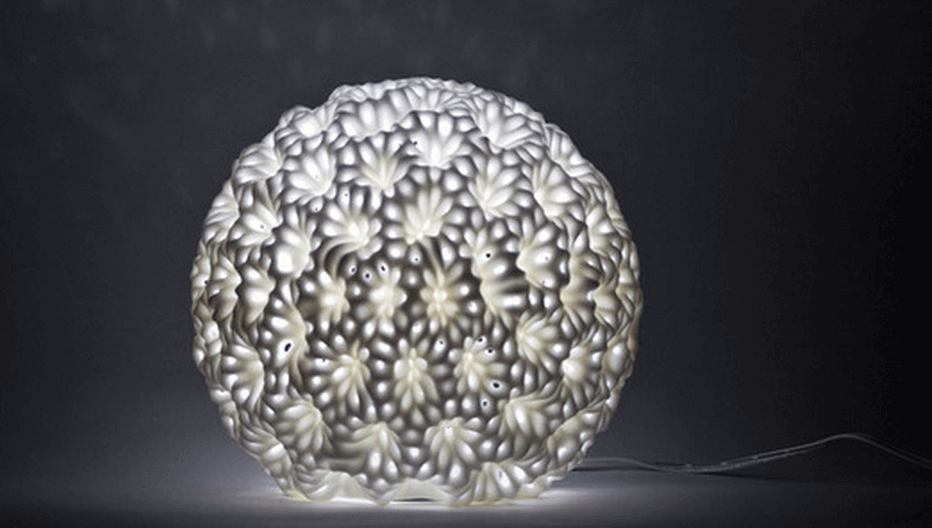
Fablabs, however, are just one of many amazing initiatives that have contributed to explore the new possibilities of 3D printing in the consumer sphere. One of the first was Nervous Systems, a generative design studio. It was founded in 2007 by Jessica Rosenkrantz and Jesse Louis-Rosenberg. It employs computer simulation to generate designs and digital fabrication to realize 3D printed products. Drawing inspiration from natural phenomena, Nervous Systems develop programs to create unique and affordable art, jewelry, and housewares. Their creations, including dresses, are still at the forefront of 3D printed design.
3. Made by MIT Graduates: The Formlab Resin Printer
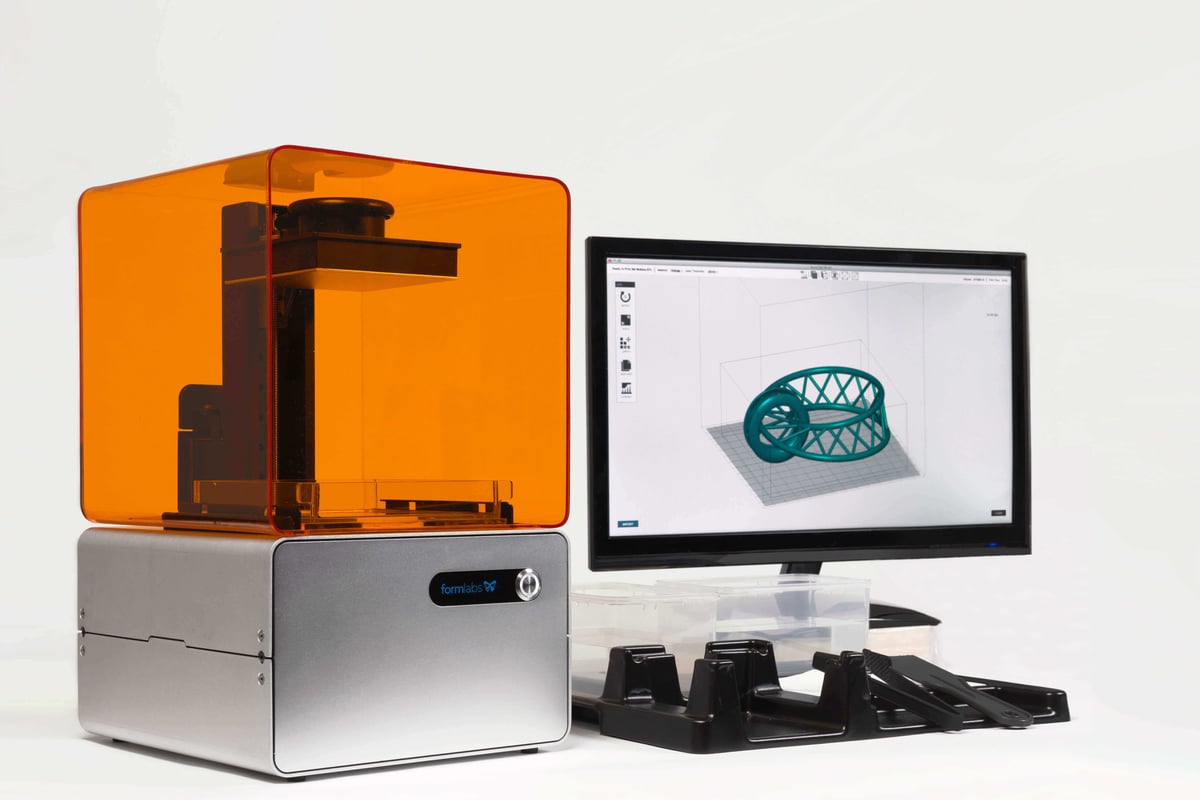
Shortly after that came Formlabs. They were the first company to make advanced, professional-level, high-resolution SLA 3D printing available with the Form 1 (and now the Form 1+) $3,000 3D printer.
The company was started in 2011 by a team of MIT engineering graduates. It Then it comes to 3D printing innovation, their approach was to make SLA printing available to a consumer price. Formlabs is now one of the hottest and most successful new companies in the new 3D printing industry.
After conquering the US market, it has recently expanded overseas, with a new European HQ in Germany and distributors in UK, France, Italy. It seems its skyrocketing rise has but begun.
4. MIT Achieves Breakthrough in 3D Printing Glass
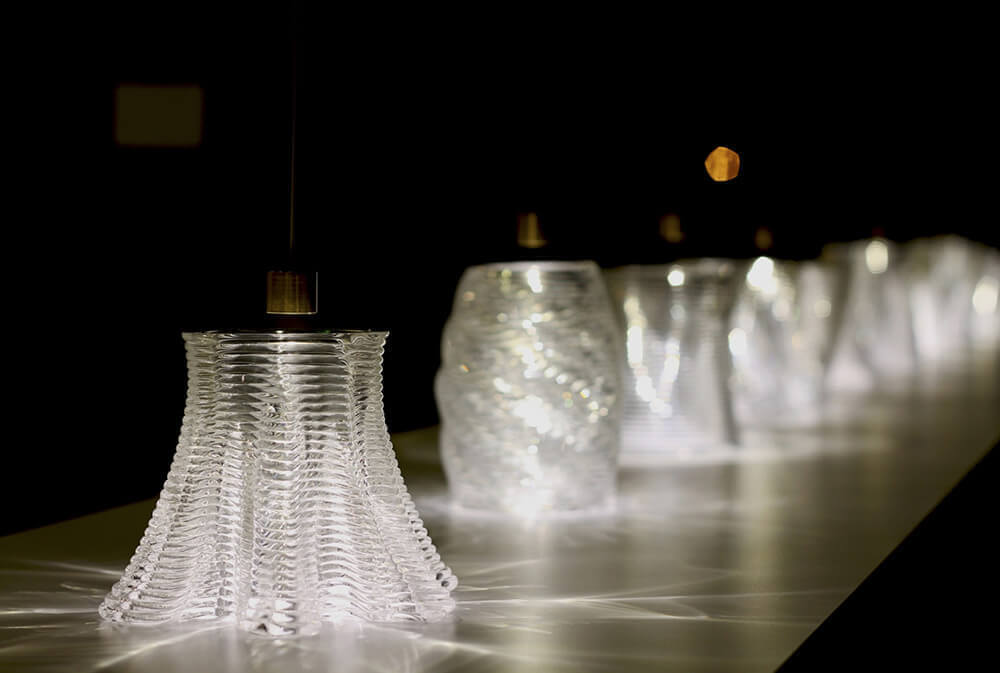
Even laboratories internal to MIT focus on developing technologies that might interest the wider public. The Mediated Matter Lab’s Professor Neri Oxman is one of the clearest manifestations of this phenomenon. Working with 3D printing industry leader Stratasys, Oxman experimented with multi-material and multi-color 3D printing for several incredible art exhibits in France and the US. Her latest project is that which has captured world’s media attention: glass 3D printing.
Glass is one of the most commonly used materials for most of us in everyday life. However, it was extremely difficult to 3D print. Oxman’s team developed G3DP, a new technology that allows for extrusion, manipulation and precise deposition of molten glass, to create beautiful, geometrically complex products. The printing process alone looks mesmerizing.
5. MIT’s Finest 3D Printing Project: The Full Product Assembly
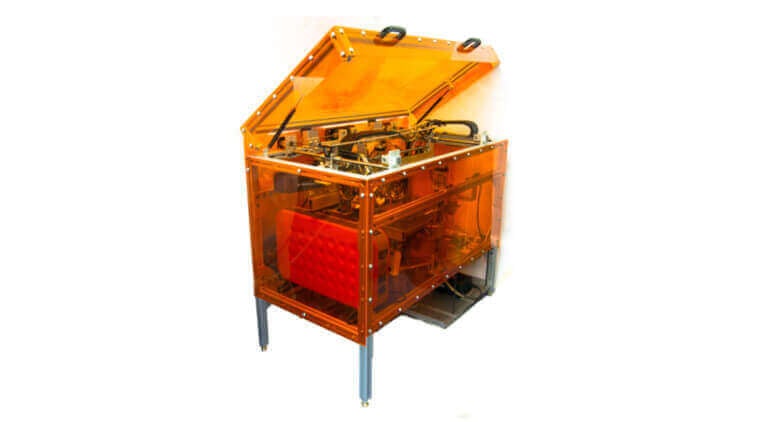
At the same time, students from MIT’s CSAIL (Computer Science and Artificial Intelligence Laboratory) created a very special 3D printer. It is can use as many as ten different materials in a single printing process. Once again this – creating multi-material products in a single run – is something that is a key to the mass adoption of 3D printing.
The CSAIL machine does through the implementation of 3D scanning-based computer vision for self-calibration and adjustment. Over time, this technology could lead to both affordable multi-material printing with as many as 10 to 15 different materials. Also, single-process fabrication of microlens arrays, fiber optic bundles, printed textures, complex meta-materials, fabrics, multi-color objects, LED lenses may become common with this type of machines.
6. MIT Invents Better-fitting Prosthetics
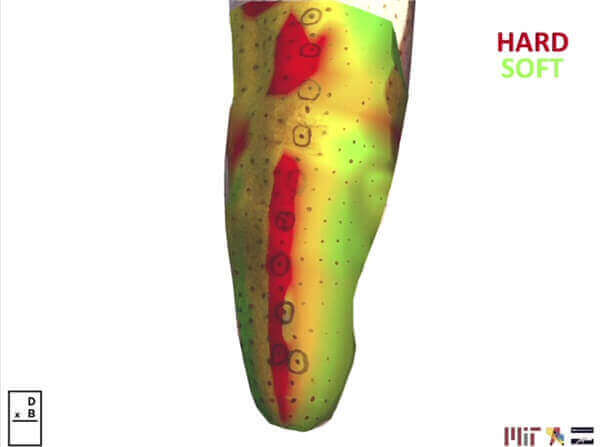
When it comes to 3D printing inventions, this one can make a real difference of making your life better. MIT’s Biomechatronics Group have developed a tool that measures the soft-tissue properties in human limbs. With this non-invasive medial technique, softer and harder areas in a body are measured. The collected data is used to 3D print custom sockets for prosthetic-wearers. Good-fitting protheses decrease pain and discomfort associated with traditional, hand-made models.
FitSocket, as the machine is called, is a robotic socket measurement device. It looks a bit like a computed tomography scanner en miniature. It is able to digitally capture biomechanical stiffness properties. The data is used to 3D print dozens, if not hundreds, socket designs with variable stiffness. The benefit: It takes just hoursinstead of months to make these prostheses. Patients have responded mainly positive on the resulte made possible with this 3D printing invention. One patient described it as “walking on pillows.”
7. MIT’s Most Consumer-Centered Project Yet
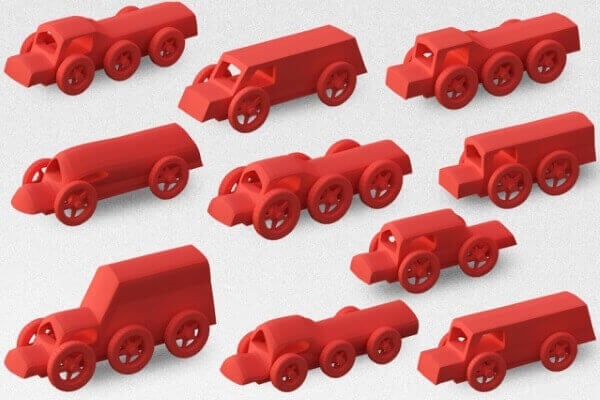
The latest 3D printing related MIT-based project, Fab Forms, may sum up the university’s researchers desire to make 3D printing creativity accessible to end users everywhere. The project was developed by Researchers at MIT and the Interdisciplinary Center Herzliya in Israel. They presented it at the SIGGRAPH conference a few weeks ago. The software takes a (so far) limited range of 3D models and allows users to change parametrically them and develop them into anything they want.
There are similar programs available online already, the best known among them being Autodesk’s Project Shapeshifter. It seems very simple: all users have to do is to toggle some settings, and then the model is tailored to their desires. They can obtain very complex geometries, and all they have to do is send it to the 3D printer to feel like real designers.
Making things simple to use means they are complex to produce. The system required to handle all the data needs to be extremely powerful to take into consideration all the possible – printable – variables. Even the simplest model can require as much as 17 GB of memory which is why these systems can exist only as cloud-based applications.
However, it is very likely that these advanced customization options will play a major role in pushing 3D printing adoption.
It seems we are still at the beginning of a long journey for the MIT, its students, and its graduates. Nearby located robotics manufacturers such as iRobot (whose founder and CEO, Colin Angle, began from CSAIL as well) and Boston Dynamics. They are huge 3D printing adopters making a greater use of 3D printing with each new iteration of their walking androids and human support bots.
Would you like to be part of it too? There is a course for that, at MIT, every summer. It does not come cheap, but MIT’s resume speaks through the many successful projects it has already contributed to the world.
License: The text of "7 Important 3D Printing Inventions Made By MIT" by All3DP is licensed under a Creative Commons Attribution 4.0 International License.